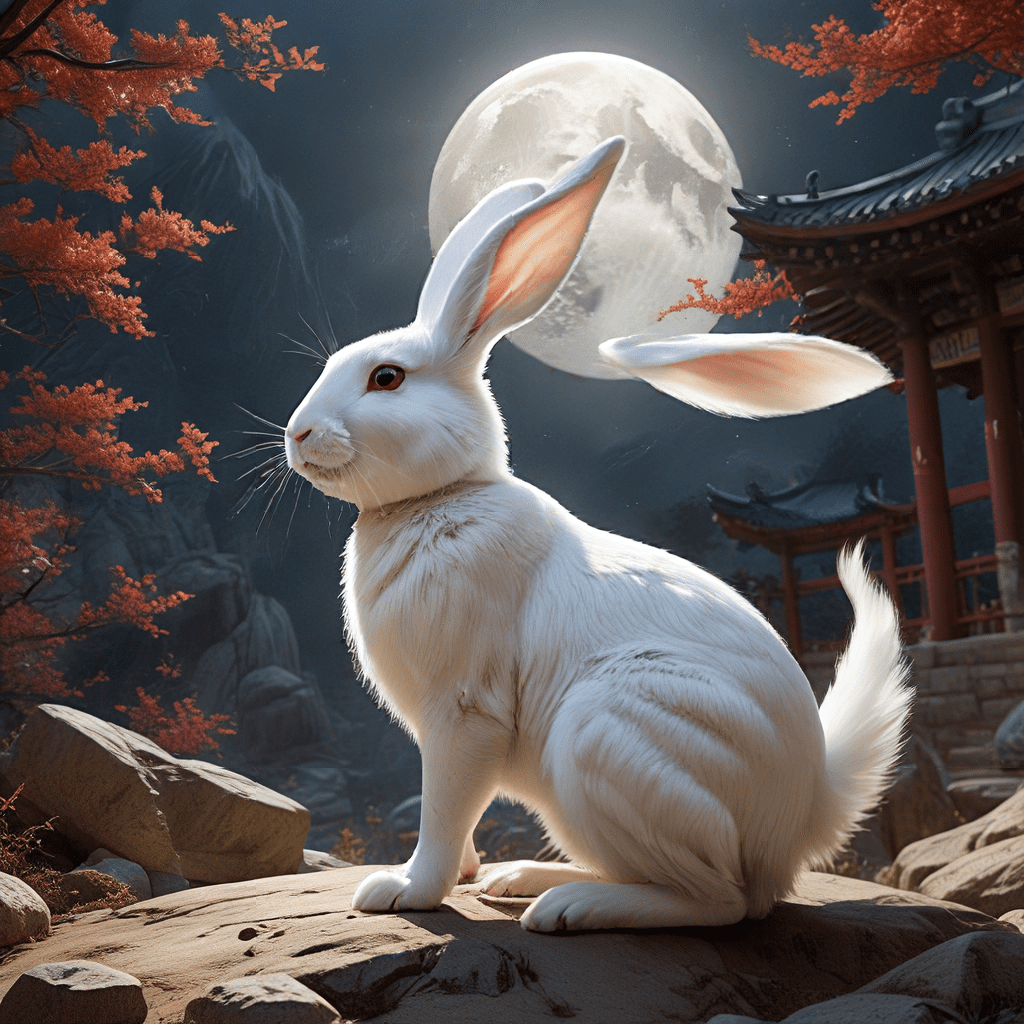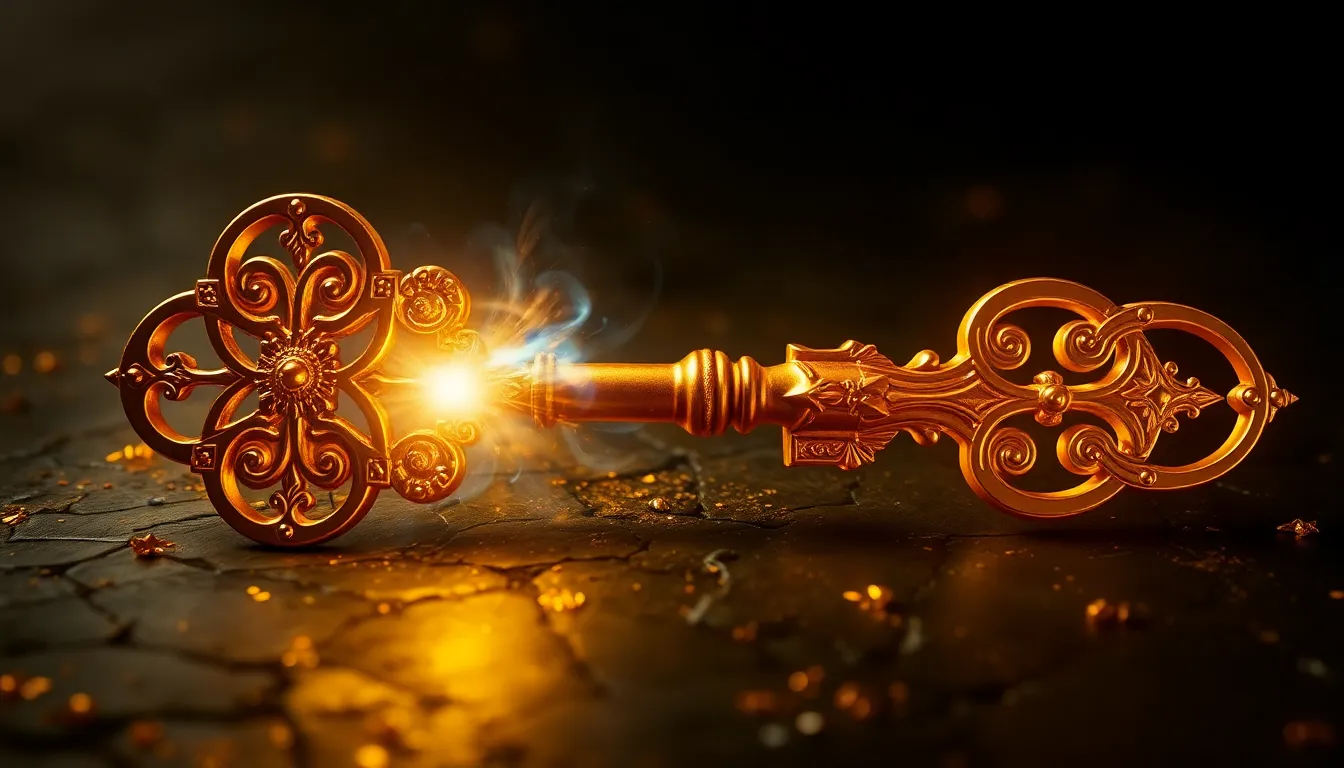The Moon Rabbit: A Story of Sacrifice and Immortality
In the realm of Korean mythology, the Moon Rabbit is a captivating figure, woven into the tapestry of folklore and legend. This celestial creature embodies a potent symbol of sacrifice, immortality, and the enduring power of the moon. The story of the Moon Rabbit, like the celestial body it inhabits, is a source of wonder and inspiration, resonating deeply within Korean cultural consciousness.
A Symbol of Lunar Deities and the Moon’s Power
The Moon Rabbit is inextricably linked to the moon's prominent role in Korean mythology. The moon, in Korean culture, is often associated with feminine energy, spiritual enlightenment, and the passage of time. It is believed to hold a profound influence over human emotions and destinies. The Moon Rabbit, as a resident of this celestial sphere, becomes a symbolic representation of these lunar qualities.
The Tale of the Moon Rabbit in Korean Mythology
The tale of the Moon Rabbit is a poignant story reflecting themes of compassion, selflessness, and the consequences of one's actions. This compelling myth, passed down through generations, depicts the Moon Rabbit as a creature of kindness and generosity.
Banished to the Moon: The Origins of the Rabbit’s Lunar Residence
The Moon Rabbit's journey to its lunar home is a story of both hardship and redemption. According to legend, the Moon Rabbit was once a mortal being who lived on Earth. Driven by a strong sense of compassion, the rabbit offered its own flesh to a starving old man. This act of selflessness impressed the Jade Emperor, the ruler of the heavens. The Jade Emperor, in recognition of the Rabbit's sacrifice, bestowed upon it immortality and banished it to the moon.
The Moon Rabbit’s Role in Korean Folklore and Art
In Korean folklore, the Moon Rabbit is often depicted as a hardworking and devoted creature. Many stories suggest that the rabbit, residing in a grand mortar, tirelessly pounds medicine for the sick and suffering. This depiction reinforces the idea of the Moon Rabbit as a benevolent figure who cares for humanity. The Moon Rabbit's presence is deeply ingrained in Korean art, appearing in paintings, sculptures, and traditional crafts. The image of a rabbit, often accompanied by a mortar and pestle, serves as a reminder of the Moon Rabbit's enduring legacy.
Theories on the Origin of the Moon Rabbit Myth
The story of the Moon Rabbit, like many myths, has no definitive origin. Several theories have been proposed to explain the emergence of this legend:
- Ancient Astronomical Observations: The moon's phases, particularly the full moon, have fascinated humans for centuries. The rabbit's shape, especially its long ears, may have been observed in the moon's surface markings, leading to the myth's development.
- Symbolism of the Rabbit: Rabbits, in many cultures, symbolize fertility, abundance, and good luck. These positive attributes may have been projected onto the moon, creating the association with a benevolent rabbit.
- Cultural Exchange: The Moon Rabbit myth shares similarities with the Jade Rabbit found in Chinese mythology. This suggests a possible cultural exchange between Korea and China, with the myth evolving and adapting over time.
A Connection to the Jade Rabbit in Chinese Mythology
The Moon Rabbit shares striking similarities with the Jade Rabbit, a prominent figure in Chinese folklore. Both creatures reside on the moon, are associated with immortality, and are said to possess magical abilities. The Jade Rabbit is often depicted as a companion to Chang'e, the Chinese goddess of the moon. These parallel stories suggest a deep cultural connection between Korea and China.
The Moon Rabbit as a Representation of Korean Cultural Values
The Moon Rabbit myth reflects several important values deeply embedded in Korean culture:
- Sacrifice and Selflessness: The rabbit's act of offering its own body to the starving old man highlights the Korean emphasis on compassion, empathy, and selflessness. This belief system suggests that helping others in need is a fundamental virtue.
- Hard Work and Dedication: The Moon Rabbit's tireless work in the mortar, preparing medicine, underscores the Korean value of diligence and dedication. This work ethic, often associated with achieving success and prosperity, is reflected in many aspects of Korean society.
- Resilience and Hope: The Moon Rabbit's journey from mortal being to immortal lunar resident speaks to Korean beliefs regarding resilience, overcoming challenges, and finding hope even in difficult circumstances.
The Moon Rabbit in Modern Korean Culture
The Moon Rabbit remains a powerful symbol in contemporary Korean culture. It is featured in a wide range of works, including literature, film, and popular music. The rabbit is often depicted in festive decorations, particularly during the Chuseok holiday, a harvest festival celebrated in Korea. Furthermore, the Moon Rabbit has inspired many creative products, like toys, clothing, and household items.
The Moon Rabbit’s Enduring Legacy: A Tale of Hope and Resilience
The Moon Rabbit's story continues to resonate with Koreans today. The myth serves as a reminder of the importance of compassion, resilience, and hard work. The lunar rabbit represents hope, reminding us that even in the darkest of times, kindness and selflessness can bring about positive change. The Moon Rabbit's enduring legacy reflects the deep connection between Korean culture and its celestial myths.
FAQ
1. What does the Moon Rabbit symbolize in Korean mythology?
The Moon Rabbit in Korean mythology is a symbol of sacrifice, immortality, the power of the moon, and the values of compassion, hard work, and resilience.
2. What is the story of the Moon Rabbit?
The Moon Rabbit was once a mortal being who lived on Earth. To save a starving old man, the rabbit offered its own flesh. The Jade Emperor, impressed by this act of selflessness, bestowed immortality upon the rabbit and banished it to the moon, where it tirelessly grinds medicine in a mortar.
3. What is the connection between the Moon Rabbit and the Jade Rabbit in Chinese mythology?
The Moon Rabbit and the Jade Rabbit share striking similarities, suggesting a possible cultural exchange between Korea and China. Both are associated with the moon, immortality, and magical abilities.
4. What is the Moon Rabbit's role in Korean art and folklore?
The Moon Rabbit is often featured in Korean art, paintings, and sculptures. It is depicted as a hardworking and benevolent creature who cares for humanity. In folklore, the rabbit is believed to grind medicine in a mortar for the sick and suffering.
5. How is the Moon Rabbit portrayed in modern Korean culture?
The Moon Rabbit remains a powerful symbol in modern Korea, appearing in literature, film, and popular music. It is prominently featured in festive decorations during Chuseok and inspires creative products.
6. What is the significance of the Moon Rabbit myth for Koreans?
The Moon Rabbit's enduring story serves as a reminder of important Korean values: compassion, selflessness, hard work, resilience, and hope. It symbolizes the belief that even in challenging times, kindness and dedication can bring positive change.

